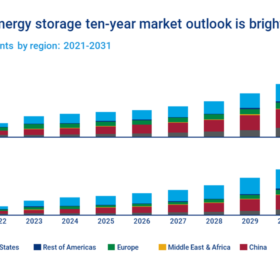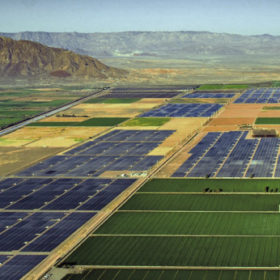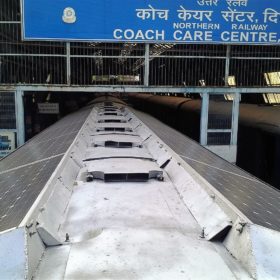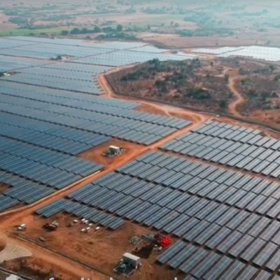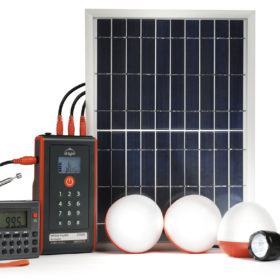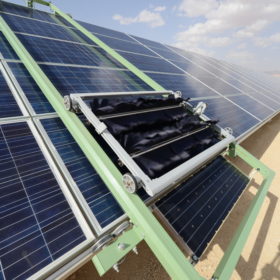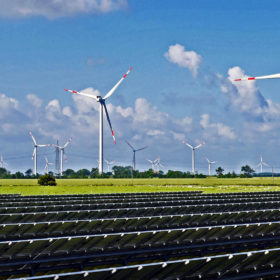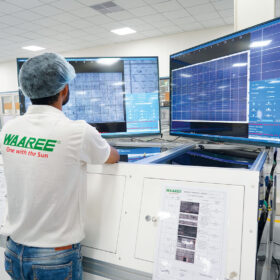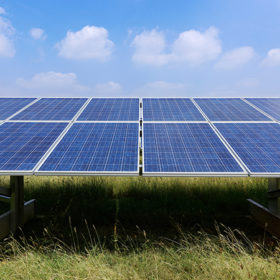Global energy storage deployment may hit 500 GW by 2031
Wood Mackenzie said it expects the United States and China to represent 75% of global energy storage demand in a highly consolidated market.
US to extend Investment Tax Credit for solar at 30% to 2032
As written in the Inflation Reduction Act of 2022, the tax credit will begin at 30% and step down to 26% in 2033 and 22% in 2034.
TERI, REMC sign MoU on renewables
Under the agreement, The Energy and Resources Institute (TERI) will provide research and technical know-how to support Indian Railways in its renewable energy and energy-efficiency projects.
India’s solar report card for FY 2021-22
India installed 12.3 GW of solar in the twelve months ending March 31, 2022. The nation is expected to add a record 20 GW in the current fiscal.
The PV industry needs 12 times more polysilicon production capacity by 2050
New research from the University of New South Wales (UNSW) predicts cumulative polysilicon demand of 46-87 Mt will be required to achieve 63.4 TW of PV installed by 2050.
The long read: Putting solar capital to work
Venture capital investment in solar and energy storage companies in sub-Saharan Africa brings with it considerable risk, but also holds the promise of making an outsized impact in delivering clean energy access. KawiSafi Ventures Managing Director Amar Inamdar says that venture capital investment in frontier markets will be a key part of the “capital stack” required to pursue the joint goals of leapfrogging fossil fuel energy development in the continent and lighting up African lives.
Reliance, Ola, Rajesh Exports sign agreement to make batteries under PLI Scheme
The three companies will receive incentives under the government’s production-linked incentives scheme for battery storage. The scheme has an overall budgetary outlay of INR 18,100 crore (around US$ 2,284 million).
India has installed more than 57.7 GW of solar
The nation reached a cumulative 57.7 GW of solar power generation capacity by June 30, 2022. Rajasthan (14.4 GW), Gujarat (7.8 GW), and Karnataka (7.6 GW) top in PV installations.
India may fall behind its 2030 EV sales forecast
A new report says India will have only 50 million electric vehicles (EVs) on road by 2030 despite a ramp-up in domestic manufacturing, falling behind by 40% on the cumulative sales projections by NITI Aayog. It also recommends policy measures to improve India’s chances of realizing 80 million EV sales by 2030.
TERI draws up roadmap to India’s 2030 renewable energy goal
A new report by The Energy and Resources Institute (TERI) examines the challenges before India in achieving its ambitious target of having 500 GW non-fossil fuel capacity and meeting 50% of its energy requirements from renewables by 2030. It also discusses feasible pathways for achieving these.
